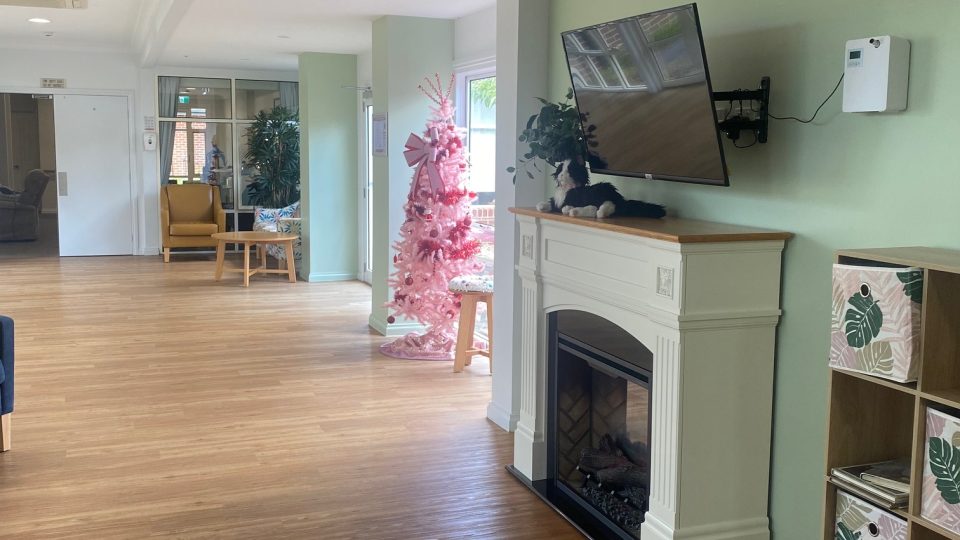Brookview’s Quiet Room
- 31 May 2022

A quick flashback to an interview with our own Geoff Wraight in the Source Saturday late last year on Brookview’s Quiet Room innovation.
The brainchild of Bron Morris, Spiritual Care Co-ordinator at Brookview, the Quiet Room was developed during COVID-19, and is a dedicated staff sanctuary space; a room where staff can rest, reflect and recover.
Faith-based Not For Profit operator Baptcare is creating Quiet Rooms to help stressed workers.
“All the staff are under extra stress before you even start to think about a crisis like a COVID-19 pandemic. There are huge staff shortages right across the sector. Baptcare’s no different in suffering from that,” said Geoff Wraight, Baptcare’s Head of Spiritual Care.
Brookview Aged Care Community (in Westmeadows, 17km north of Melbourne’s CBD) experienced a COVID breakout and the staff sought a Quiet room.
“It’s been very warmly received. There is Muslim staff at that site who are now using it regularly for their daily Salat, their prayers. The manager herself has a particular self-care habit at the end of each day, before she goes home, she goes and does some breathing exercises and meditation.”
Mr Wraight pointed out stress was not the only factor for a Quiet Room. One of the other motivations is Baptcare’s commitment to the whole person, including their spirituality.
“In addition, the National Standards for Spiritual Care in Aged Care and Guidelines for Quality Spiritual Care in Health and our current building code reference the importance of a quiet space where staff and residents can go for meditation or contemplation, or prayer, or just withdraw from the craziness and the stress of a hospital or an aged care facility,” he added.
“There was a nurse manager at one of our sites, almost being in tears because they just found out there was a new Government requirement to make a full
register of all the psychotropic medicines being used at that level, and across the whole site,” he said.
“This particular administrative task was detailed and laborious. She was already at the end of her ability to provide care for the residents, yet there was this new administration task… She had a moral dilemma, a huge values conflict. There just wasn’t enough staff on the floor in her view, to give the level of quality care that we want to give. And yet the demands of the system were pulling away from doing that direct care.”
“I think it was just a little example to me that having that culture and ethic of we care about you as a whole person, we care about what this is doing to you as a human being.”
And having a Quiet Room.
Community news
-

Starting school with a developmental delay or disability | What parents and carers need to know
Starting primary school is a major milestone for every child. For families of children with disability or developmental delays, it can bring extra questions and emotions. With the right support, this transition can be a positive and empowering experience.
- 21 Jan 2026
-

Opening doors: transforming aged care at our Heritage Manor community
At Heritage Manor Residential Aged Care community in Morwell, a quiet revolution has taken place – one that began not with grand gestures, but with a simple decision: to open a door.
- 16 Jan 2026
-

Staff Spotlight: Annabelle Hancock
Meet Annabelle Hancock, Statewide Carer Support Liaison Officer for the Foster and Kinship care team based in Tasmania.
- 06 Jan 2026
